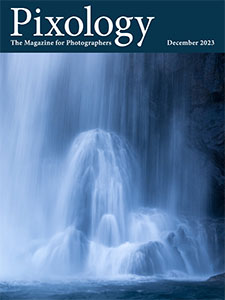Today’s Question: I have tagged many people in photos [with keywords in Lightroom Classic]. Now I want to search for certain people in the photos. I can find a single person, but I can’t seem to search for photos that contain multiple people. Is there a way to search for photos that contain two specific people?
Tim’s Quick Answer: You can search for photos that have keywords for two (or more) different people by using the Text search for the Library Filter Bar in Lightroom Classic, making use of the “Contains All” option.
More Detail: There are a variety of ways you can search for photos based on keywords in Lightroom Classic, including searching for keywords that represent the names of specific people who appear in a photo. In many cases when you specify multiple criteria for a search in Lightroom Classic, the search is conducted based on an “or” option. For example, if you search for keywords of “Paris” and “London”, the search result would include photos that have either Paris or London as keywords.
If you want to search for only those photos that include two (or more) keywords, such as to find photos keyworded as including more than one person, you can use the “Contains All” option for the Text tab of the Library Filter Bar.
To get started, navigate to the location (such as a folder, or even the All Photographs collection) that you want to search. Then go to the Library Filter bar above the grid view in the Library module. If the Library Filter Bar isn’t displayed, you can choose View > Show Filter Bar from the menu.
On the Text tab of the Library Filter Bar, select “Keywords” from the first popup to search based on keywords in metadata. From the second popup choose “Contains All”, which will cause the search result to only include photos that contain all the keywords you specify. In the text box to the right of the two popups you can then enter the applicable keywords (in this example the full keywords representing the names of the people), with the keywords separated by commas.
The result will be only photos that include all the keywords you entered into the text field, along with any other filter criteria you may have specified from the other tabs, such as to also filter based on star ratings.


